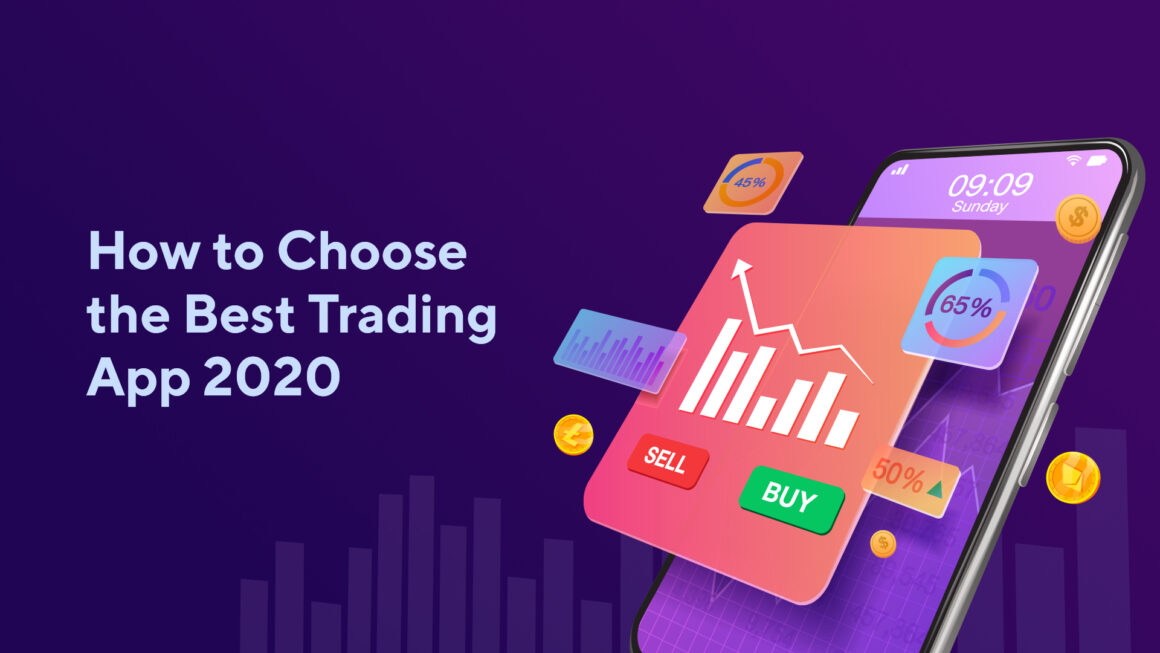Cryptocurrencies are traded on multiple platforms — websites, desktop, and mobile apps. Mobile applications allow users to trade using their smartphones anywhere and anytime. They also give traders an ability to instantly monitor a market situation on their devices. If you’re engaged in cryptocurrency trading, then you need a trading app as digital assets are very volatile, and you need to make quick decisions.
A Step-by-step Guide for Newbies: Registration Process
Most often the best trading apps are products from leading trading platforms. However, before choosing an exchange or app, you should make sure that they suit your needs. In this guide, we will show you a step-by-step guide on how to choose the best trading app in 2020 as well as how to register there.
Step #1: A one-time registration usually takes no longer than ten minutes
Once you’ve chosen an app that suits your needs best, it’s time for registration. Now a new page opens where you can choose between real money and a demo mode. The demo mode is best suited for newbies. If you select this option, a new window will appear. Here you can log in completely or enter existing user data. Below it’s also possible to log in using Google or Facebook. The demo mode is strongly recommended for newbies as well as advanced users.
How Does Demo Mode Work?
Some platforms offer you an opportunity to open a demo account in order to familiarize yourself with functions. In addition, you can trade with virtual money and get a feel for trading in general without having to invest real money. Even experienced traders use a demo account to try out new strategies. A trading demo app should have all functions that can also be used in real trading
In addition to using it on your home PC, you can also create such an account on your smartphone. A user can first test and get to know all versions on each device without risk.
Step #2: Details & Verification
Now you have to set up a password. It should be noted separately and kept in a safe place. It’s best to write it down on a piece of paper and keep it in a certain place. Taking notes in apps on a smartphone, however, isn’t recommended.
Now you get to a new window where you enter your personal details (date of birth, name, address). A bar in the upper part of a screen shows a user how far the process has progressed. When everything is filled in, you can press a ‘Send’ button.
Security Data
Here is a new window containing a questionnaire. This deals with a user’s previous experience of trading. At the end, you get an aptitude assessment. If desired, you can also use a live chat.
Now it’s almost done. In order to certify an authenticity of the data provided, it’s necessary to upload an identification document. You can use your passport or identity card. It’s also sufficient to take a photo with your smartphone and then upload it. For some documents, a reverse side may also have to be uploaded. So it’s best to take a photo of it as well.
Step #3: Trading
Now you have an account with your own user data. But to get started now, you still need capital in your account. Usually, there is a ‘Funds’ button. Here you may choose any deposit method. In addition to a credit card or PayPal, an instant transfer is also available.
Now an account is ready and you can start trading. For example, you can now search for Bitcoin in a cryptocurrency section and trade with it. CFD trading is also possible. And you’re done!
What is the best trading app for you? How do you choose it? Just share your thoughts in the comments!

Leave a Reply